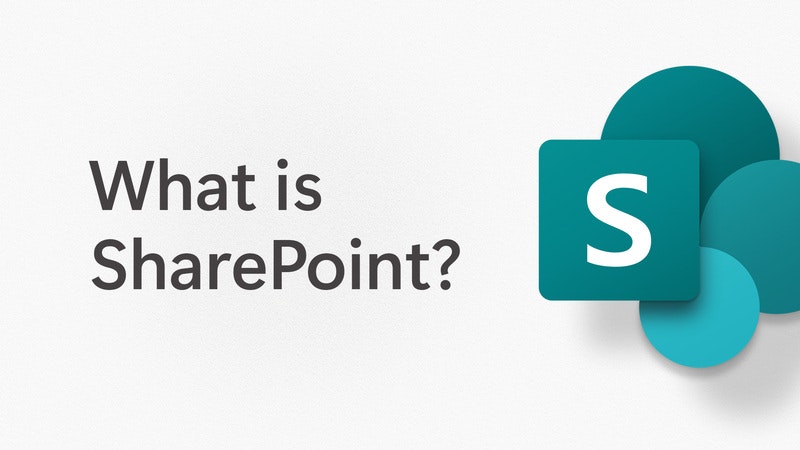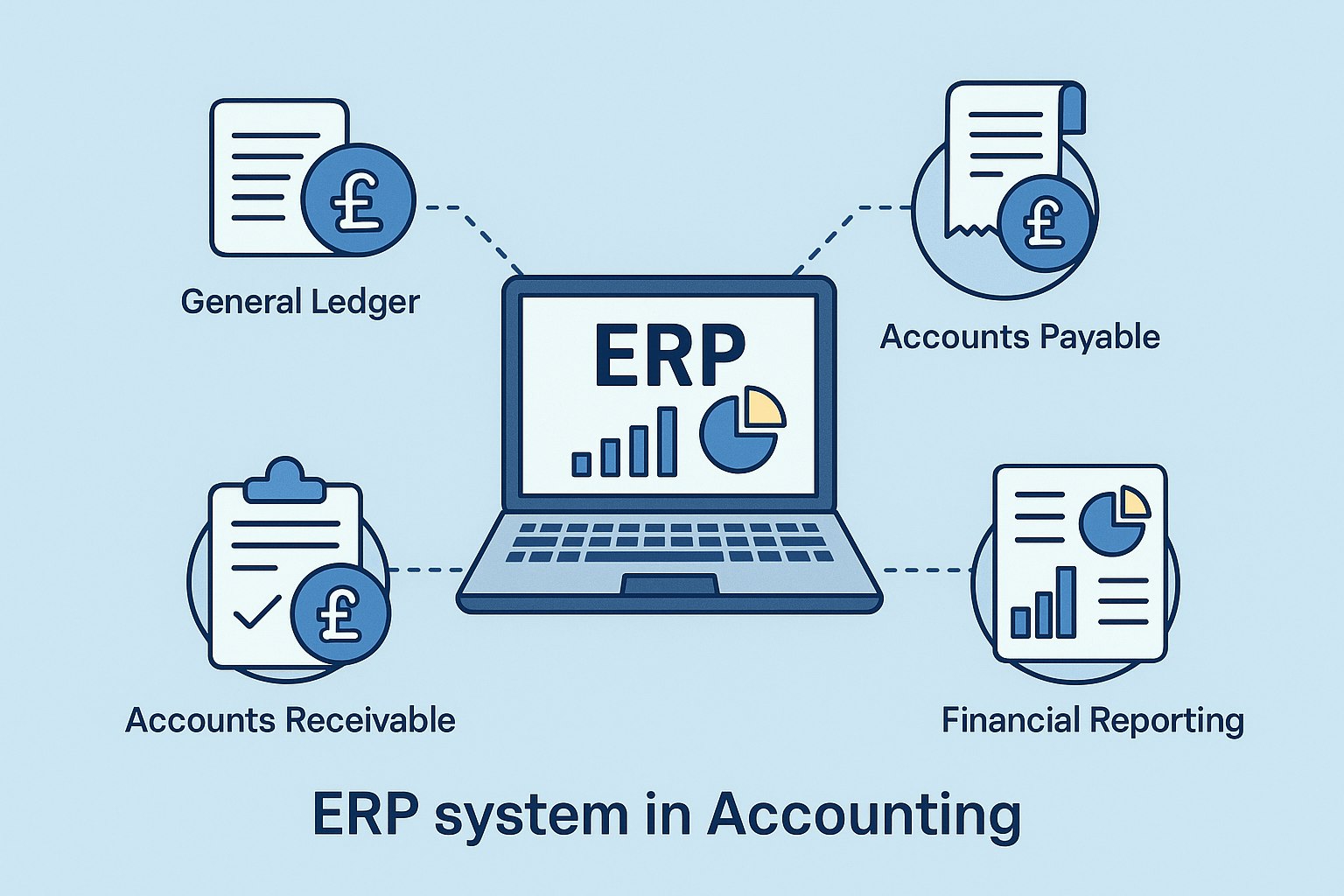TL;DR
Phishing, smishing, and vishing are all forms of social engineering — attacks designed to trick people into giving away sensitive information.
- Phishing: Email-based scams.
- Smishing: Text message (SMS) scams.
- Vishing: Voice call scams.
Each uses different communication methods but shares one goal — to exploit human trust. Understanding the distinctions and red flags can help businesses and individuals build stronger defences against cybercrime.
1. Introduction: The Human Side of Cybersecurity
When most people think of cyberattacks, they picture hackers hunched over keyboards, breaking into systems using complex code. In reality, the majority of breaches begin not with technical wizardry but with manipulation of human behaviour.
Social engineering — the psychological art of persuasion and deception — remains the easiest, cheapest, and most effective weapon in a cybercriminal’s arsenal. Within this realm, three techniques dominate headlines: phishing, smishing, and vishing.
Each of these attacks relies on slightly different delivery channels but shares the same underlying principle: tricking someone into doing something they shouldn’t. That might be revealing passwords, clicking on malicious links, or transferring funds.
In this guide, the NetMonkeys Security Team breaks down how these attacks work, why they succeed, and how organisations can stay ahead of them.
2. The Evolution of Social Engineering
Social engineering has existed long before the digital age. Con artists and fraudsters have always relied on manipulating trust. The internet simply gave these scams global scale.
Early phishing attempts in the 1990s were crude and often riddled with spelling errors. Fast-forward to 2025, and attackers now use AI-generated emails, cloned websites, and deepfake voice calls to make their scams almost indistinguishable from legitimate communication.
Where traditional cybersecurity focused on firewalls and antivirus software, today’s defences must recognise that humans are the new perimeter.
3. What Is Phishing?
3.1 Definition
Phishing is the most recognisable form of social engineering. It typically involves sending deceptive emails that appear to come from trusted sources, such as banks, suppliers, or even internal departments.
The goal is to lure recipients into clicking malicious links, downloading infected attachments, or providing confidential details like login credentials or payment information.
3.2 How It Works
A phishing campaign usually follows a simple pattern:
- The attacker creates an email that looks genuine.
- The email urges the recipient to act quickly — “Your account has been suspended,” “Payment failed,” or “Confirm your details.”
- The victim clicks a link to a fake website or downloads a file that infects their device.
Once inside, attackers may steal credentials, deploy ransomware, or move laterally through corporate networks.
3.3 Real-World Examples
- Microsoft 365 credential theft: Emails mimicking Microsoft login pages continue to be one of the most successful phishing methods worldwide.
- Invoice fraud: Attackers posing as suppliers request payment to fraudulent bank accounts.
- HMRC refund scams: Common in the UK during tax season, often using cloned HMRC branding.
TL;DR: Phishing
Phishing = email scams that look legitimate but aim to trick you into giving away information or installing malware. They rely heavily on urgency, fear, or authority.
4. What Is Smishing?
4.1 Definition
Smishing (SMS + phishing) uses text messages to deliver malicious links or requests. Attackers impersonate trusted entities — courier services, banks, or even government departments — to lure users into clicking unsafe URLs or sharing personal data.
4.2 How Smishing Works
- You receive a text claiming to be from your delivery provider or bank.
- The message warns of a problem or offers a reward.
- The included link leads to a fraudulent website.
- Once you enter details, attackers harvest your credentials.
4.3 Why It Works
People tend to trust SMS messages more than emails — especially when they appear short, personal, and urgent. Smishing is particularly dangerous because:
- Smartphones automatically preview links.
- Many users don’t verify short URLs.
- Mobile devices often bypass traditional email filters.
4.4 Common Smishing Examples
- Delivery scams: “Your parcel is waiting. Pay £1.50 for redelivery.”
- Bank alerts: “Suspicious activity detected. Verify now.”
- Government refunds: “You are owed a tax rebate. Click here.”
4.5 The 2025 Trend: AI-Powered Smishing
AI tools now allow attackers to craft realistic, grammatically correct messages that mimic corporate tone and structure. Some even use chatbots to engage victims in real-time conversation, guiding them step-by-step through the scam.
TL;DR: Smishing
Smishing = SMS-based phishing. Messages appear short and urgent, impersonating banks, couriers, or services. The goal is to make you click or share personal data instantly.
5. What Is Vishing?
5.1 Definition
Vishing (voice phishing) involves telephone calls designed to extract information, convince a target to transfer money, or gain access to systems.
It blends traditional social manipulation with modern caller ID spoofing technology, making the call appear to come from a legitimate number.
5.2 How Vishing Works
- The attacker calls, often pretending to be from IT support, a bank, or HMRC.
- They create a sense of urgency or authority — “We’ve detected a security issue.”
- The victim is persuaded to share login credentials, verification codes, or make payments.
5.3 Why Vishing Is Rising
- Deepfake voices: Criminals now use AI to clone real voices.
- Remote working: Employees are used to unfamiliar phone interactions.
- Phone number spoofing: Attackers can fake caller IDs to appear legitimate.
5.4 Notable Cases
- 2020 Twitter hack: Attackers used vishing to trick employees into sharing credentials for internal systems.
- Banking impersonation scams: Victims are told to “transfer money to a safe account.”
TL;DR: Vishing
Vishing = voice-based scams. Attackers pretend to be trustworthy on the phone to extract sensitive data or money. AI and spoofing have made these scams harder to spot.
6. Smishing vs Phishing vs Vishing: The Core Differences
All three are social engineering tactics, but the delivery medium and psychological tactics differ.
- Phishing = email deception.
- Smishing = SMS/text message deception.
- Vishing = voice/telephone deception.
Phishing focuses on quantity (mass emails). Smishing and vishing focus on personalisation, often targeting smaller groups or individuals with higher-value payoffs.
From an organisational standpoint, phishing is the most common, but vishing and smishing are rising fast due to increased mobile and remote interactions.
7. Psychological Triggers Behind These Attacks
Cybercriminals understand human psychology. The most effective social engineering campaigns rely on key emotional triggers:
- Urgency: “Act now or lose access.”
- Fear: “Your account has been compromised.”
- Curiosity: “View your reward.”
- Authority: “This is IT support.”
- Greed: “Claim your refund.”
Understanding these triggers helps individuals pause and think before reacting — a crucial step in prevention.
8. Why Businesses Are Prime Targets
8.1 The Corporate Attack Surface
Modern organisations use multiple channels — email, Teams, Slack, text messages, and video calls — creating more entry points for scammers. Attackers know businesses are:
- Handling large transactions.
- Managing sensitive client data.
- Under pressure to act quickly.
8.2 The Role of Remote Work
Hybrid and remote work models have blurred communication boundaries. Employees are less likely to verify messages or calls from unfamiliar contacts, especially outside office hours.
8.3 Supply Chain Risks
Cybercriminals often impersonate vendors or partners, inserting themselves into legitimate communication threads.
9. The Financial and Reputational Impact
Phishing-related attacks cost UK businesses millions annually. According to the National Cyber Security Centre (NCSC), 83% of cyber incidents in 2024 involved some form of social engineering.
Beyond direct losses, the impact includes:
- Reputational damage from leaked client data.
- Legal liabilities under GDPR.
- Loss of trust among staff and customers.
10. Recognising the Signs: Red Flags to Watch For
Phishing:
- Suspicious email domains (e.g., “micros0ft-support.com”).
- Unexpected attachments or links.
- Poor grammar or inconsistent branding.
Smishing:
- Generic greetings (“Dear customer”).
- Shortened URLs (bit.ly, tinyurl).
- Promises of refunds or warnings of penalties.
Vishing:
- Unsolicited calls demanding immediate action.
- Callers refusing to provide callback numbers.
- Requests for sensitive data over the phone.
11. Preventing Smishing, Phishing, and Vishing
11.1 Employee Awareness
Training is the frontline defence. Regular cyber awareness sessions help employees spot suspicious communications.
11.2 Multi-Factor Authentication (MFA)
Even if credentials are stolen, MFA adds a layer of protection that stops attackers from logging in.
11.3 Zero Trust Security Model
Adopting a Zero Trust approach ensures every request — internal or external — is verified before granting access.
11.4 Email and Mobile Security Tools
Advanced filtering, sandboxing, and link inspection tools can identify threats before they reach users.
11.5 Verification Culture
Encourage staff to verify requests for money transfers, password resets, or data sharing. A simple phone call can prevent major breaches.
12. What To Do If You’ve Been Targeted
If you suspect you’ve fallen victim to a phishing, smishing, or vishing attempt:
- Do not engage further.
- Report it immediately to your IT department or the NCSC’s Suspicious Email Reporting Service (report@phishing.gov.uk).
- Change your passwords across all accounts.
- Enable MFA wherever possible.
- Monitor your accounts for suspicious activity.
For businesses, incident response should include isolating affected systems, reviewing logs, and conducting forensic analysis to assess damage.
13. The Future of Social Engineering: AI and Deepfakes
Artificial intelligence has amplified the sophistication of social engineering attacks. In 2025 and beyond, expect to see:
- AI-generated phishing emails with perfect grammar and tone matching.
- Voice cloning for realistic vishing attempts.
- Chatbots impersonating customer service agents.
Defence strategies must therefore evolve — not just detecting malware but understanding behavioural patterns and communication anomalies.
14. Building a Human Firewall: The NetMonkeys Approach
At NetMonkeys, we believe the strongest cybersecurity doesn’t start with technology — it starts with people.
We help organisations across the UK create a human firewall through:
- Comprehensive security awareness training.
- Managed phishing simulations.
- Endpoint protection and monitoring.
- Policy frameworks aligned with NCSC and ISO 27001 standards.
Our mission is simple: empower your team to recognise, resist, and report threats before they cause harm.
15. TL;DR – The Key Takeaways
- Phishing: Email scams.
- Smishing: Text message scams.
- Vishing: Voice call scams.
- Goal: Trick you into revealing information or transferring money.
- Defence: Awareness, verification, MFA, and a Zero Trust approach.
Cybersecurity isn’t just about protecting systems — it’s about protecting people from manipulation.
16. Conclusion: Education Is the Best Defence
Smishing, phishing, and vishing may use different tools, but they share the same target — human trust.
Technology can stop malware, but only awareness and vigilance can stop manipulation.
Whether you’re a business leader, employee, or consumer, the responsibility for cybersecurity is shared.
As digital communication continues to evolve, staying informed is the best way to stay safe.
If you’re unsure where to start, NetMonkeys can help. From managed IT security to cyber awareness training, we provide the expertise and support UK businesses need to thrive securely in a connected world.
About NetMonkeys
NetMonkeys is a UK-based IT and cybersecurity provider with over 15 years of experience, offering managed services, software solutions, and AI-driven technology support. As the official AI partner of the East Midlands Chamber of Commerce, we empower organisations across Nottingham, Leicester, and Derby to operate securely and efficiently.
Related posts
Visit blog
Microsoft SharePoint: What It Is, Why It Matters, and How to Maximise It
Explore SharePoint: intranet examples, 365 vs on-premise, Confluence vs SharePoint, plus expert consultancy advice in this in-depth SharePoint guide

Business Central Accounting Software Explained: A Complete ERP Accounting Guide for Modern Finance Teams
This guide explores the key features, benefits, and reasons why Business Central accounting software stands out as the preferred ERP choice for small to medium-sized enterprises (SMEs) and growing finance teams.

How Much Does IT Support Cost for a Small Business? A Complete Guide
IT support encompasses a range of services designed to maintain and optimise technology infrastructure. For small businesses, this can include network management, hardware and software troubleshooting, cybersecurity, cloud services, data backup, and user assistance
